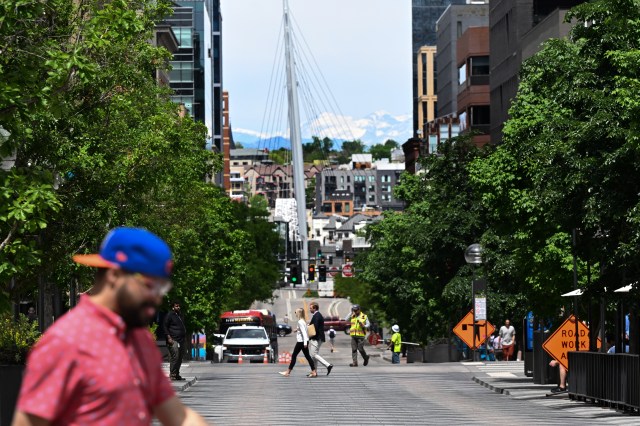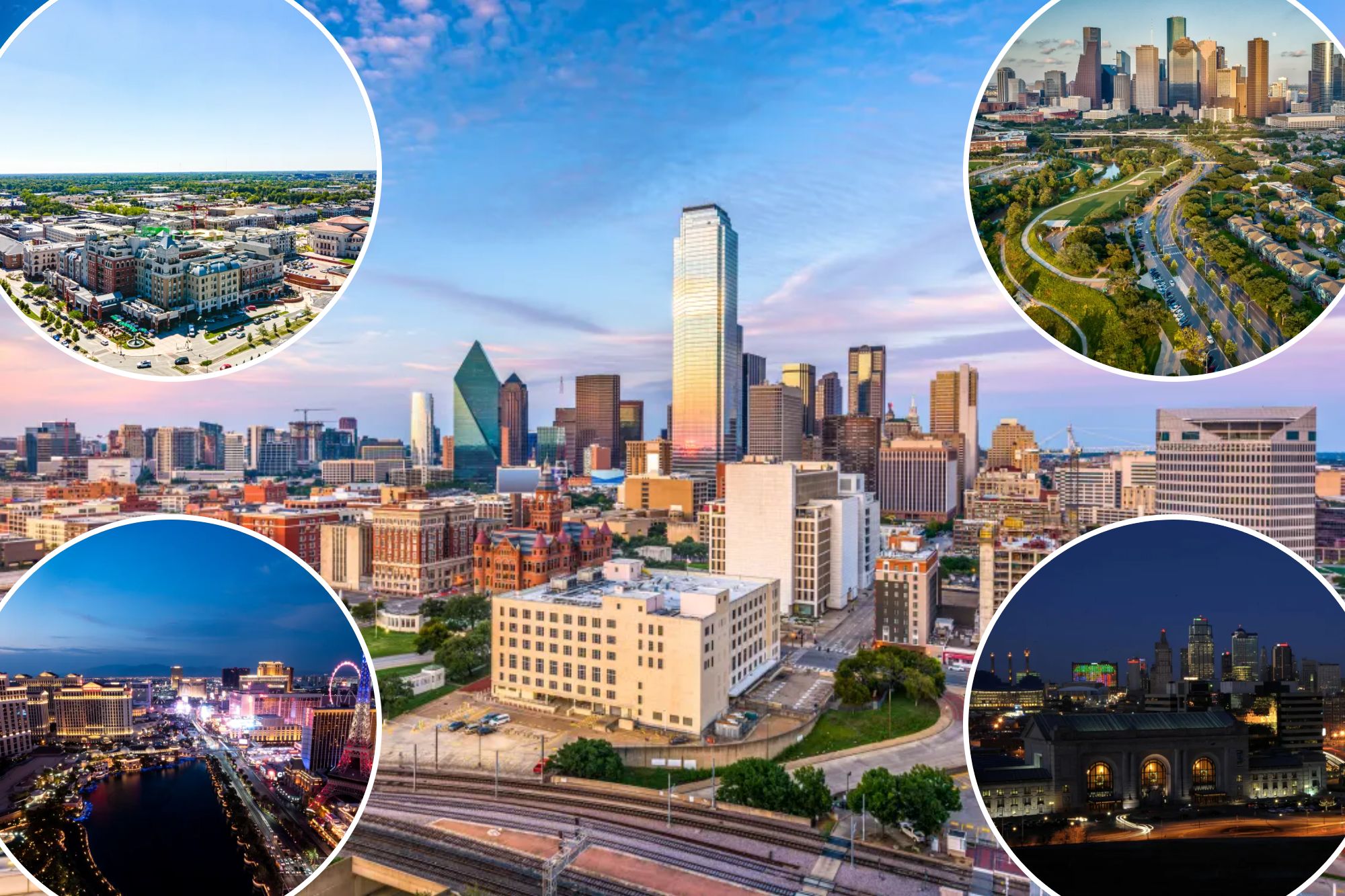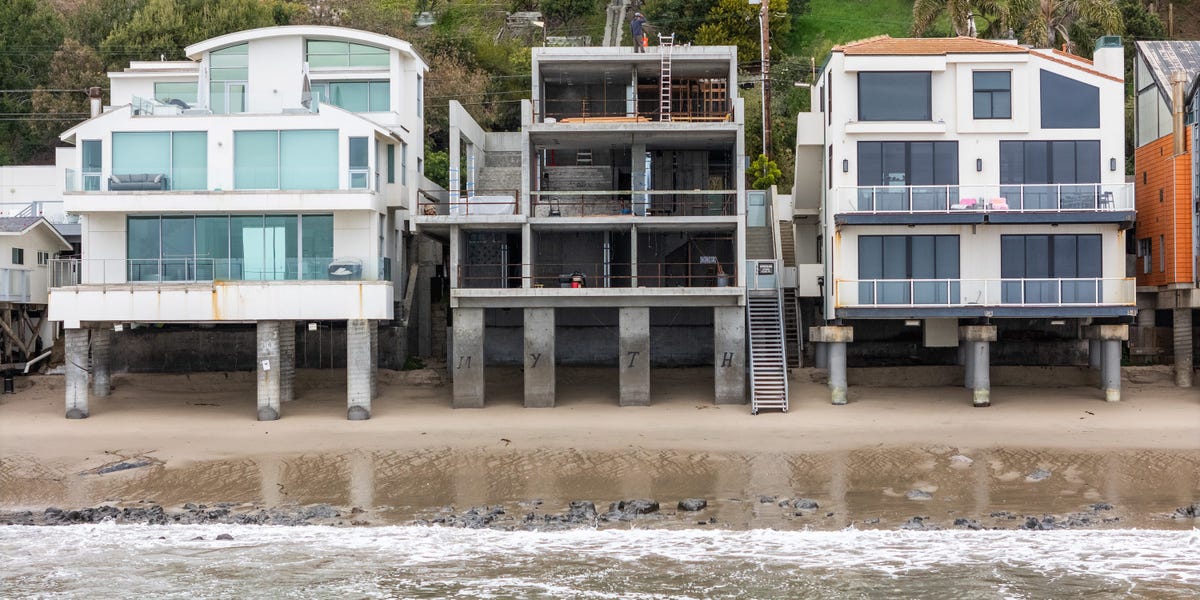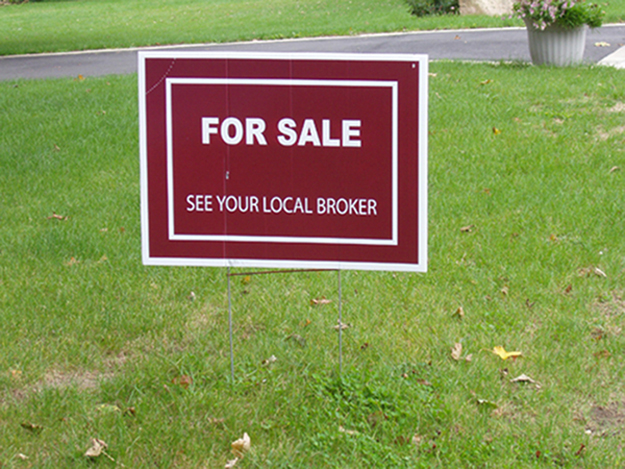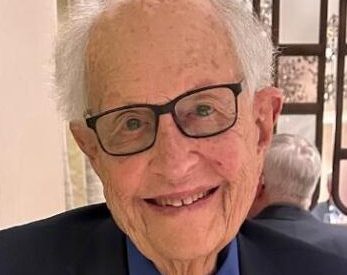T
he COVID-19 pandemic turned Downtown Denver from a thriving hub to an area in decline, derailing two decades of momentum. Five years later, downtown's recovery continues to lag behind other cities, with the delay costing Denver and the region.
"We can wait 10 or 15 years for the market to correct itself," said Kourtny Garrett, president and CEO of the Downtown Denver Partnership. "But what will we lose in the meantime?"
Tens of millions in tax revenues are no longer collected each year due to empty office towers that cost billions to build and maintain. Denver's reputation as a vibrant city is dimming, making it harder to attract businesses, tourists, and residents.
Downtown covers just 1.8% of Denver's land area but is home to three in 10 jobs, 4.6% of the population, and a fifth of taxable property value. Before the pandemic, downtown accounted for 13% of the city's property and sales tax revenues, now down to 8%, representing $45 million a year in lost revenue.
A renewed sense of urgency has emerged under Denver Mayor Mike Johnston's administration, among city planners, and civic and business groups. "We've been through this before," said Bill Mosher, Denver's Chief Projects Officer. "We need to get the old Denver way back, which is having a chip on our shoulder."
Denver needs to stop being so precious and call on its scrappy brawler spirit that allowed it to survive past crises. The city has a plan, with $570 million in funding approved by voters to revitalize downtown.
Public funds could be leveraged three to four times against private investments, bringing billions of dollars to bear. A roadmap for spending will be contained in a revamped Downtown Area Plan focused on improving transit, refreshing public spaces, and attracting new businesses.
Downtown Denver's office vacancy rate is nearly four times above its 2017 low, with only San Francisco, San Antonio, Austin, and Raleigh faring worse. The city's reputation as a vibrant place to live and work is at risk due to the lack of momentum in downtown.
A few districts, such as Upper Downtown and Skyline Park, are facing greater distress than others. The biggest structural problem downtown has to overcome is one of overconcentration, with half of its largest office buildings built during the oil and gas boom from 1977 to 1986.
Tenants are on the move, with some leaving for newer buildings in Union Station, LoDo, or Cherry Creek. Consolidation remains a dominant theme, with tenants trading up to higher-quality spaces and reducing square footage leased.
Downtown's real estate market hasn't found a way to make its inventory more attractive, allowing the surplus space to become stale. The shift to remote work exposed how over-reliant downtowns had become on office space, making it harder for older buildings to stay competitive.
To disrupt the "doom loop" of declining property values and tax revenues, downtown needs to find a way to live a little more, with a focus on for-sale versus for-rent living spaces. Residential conversions seem to be a better solution for downtown's oldest buildings, not its most abundant ones.
Market appetite is another consideration, with landlords struggling to get new units filled due to an 8% vacancy rate downtown. Downtown needs more for-sale condos, but construction defects litigation and high insurance premiums have kept developers away.
Amacon, a Canadian developer, is defying the odds by building two tall condo towers in Upper Downtown, testing the appetite for home ownership with units starting at $365,000. Depending on the reception Amacon receives, building residential towers from scratch could prove more economical than conversions.
